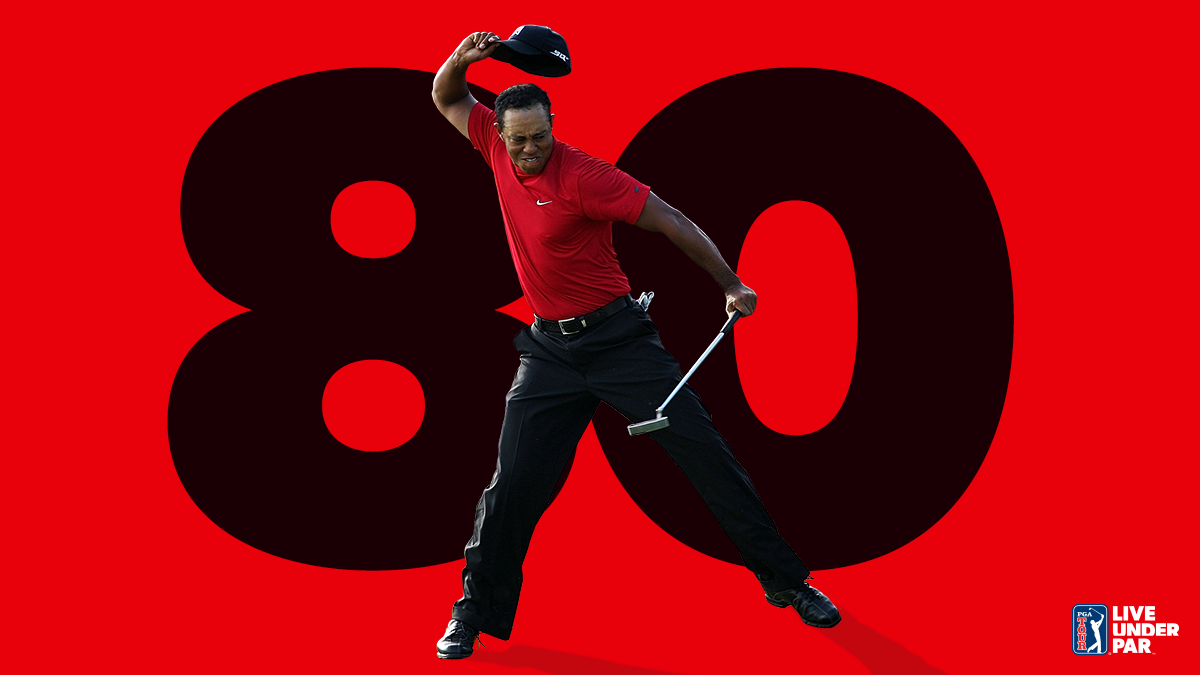
If you want to play well–and feel well–during golf season, now is the time to focus on your fitness and improve your movement patterns.
Driving Distance
Everyone wants to hit the ball farther. Improving how well you generate power–which will therefore improve distance off the tee–is best done in between seasons.
Power training can be taxing on the body, so you don’t normally see this as a priority during golf season; the ideal time to work on explosive exercises is during winter, where you can allow ample time to recover in between workouts.
You can certainly add some power-based training to your workouts while in-season, but improving power output and revolving most of your training sessions around high-intensity movements is not recommended.
Explosive exercises like ice skaters and box jumps are a couple of movements you can add to your arsenal of exercises on high-intensity days, along with days that involve heavy lifting like barbell deadlifts or squats done in a shorter rep range (less than 8 reps). However, do not couple plyometric (jump-based exercises) and heavy lifts on the same day; these should be programmed separately, on non-consecutive days to allow your muscles time to rest and recover.
Playing Endurance
The golf swing is very much an explosive movement, but there is also an aerobic component to golf as well–especially if you are walking. A typical round of golf lasts between 4 and 5 hours, which means your body needs to be well-conditioned to maintain energy levels and repeatedly execute a strong, capable swing.
If your goal is to improve endurance, you should choose cardio workouts that are light to moderate in intensity. Between shots, you are generally in a state that doesn’t require you to overexert yourself, so your mode of training should reflect that.
Treadmill walks on an incline, cycling, and the elliptical are great options; if you are leaning toward something that is low-impact, cycling and the elliptical are recommended, along with swimming.
Aches and Pains
Depending on where you live, the golf season could last as long as 10 months–that is a lot of wear and tear on the body if you are playing at least once a week. Though it’s normal to start developing aches and pains, it shouldn’t be something that you ignore or just hope it goes away.
Think of these winter months as a recovery period; you can certainly schedule in some workouts that will test you physically, but you should dedicate an equal amount of time doing correctional and mobility work.
With these goals in mind, figuring out how to structure your workouts and what to focus on can feel overwhelming.
One of the best things you can do is schedule an appointment with one of our trainers, where they will take you through a Titleist Performance Institute (TPI) assessment to identify muscle weaknesses, areas of immobility, and faulty movement patterns that could be affecting your swing.
Based on the results from your assessment, your trainer will develop a comprehensive program that is individualized to your needs; this helps take the guesswork out of your training, so you can just focus on getting stronger, moving better, and penciling in lower scores.

